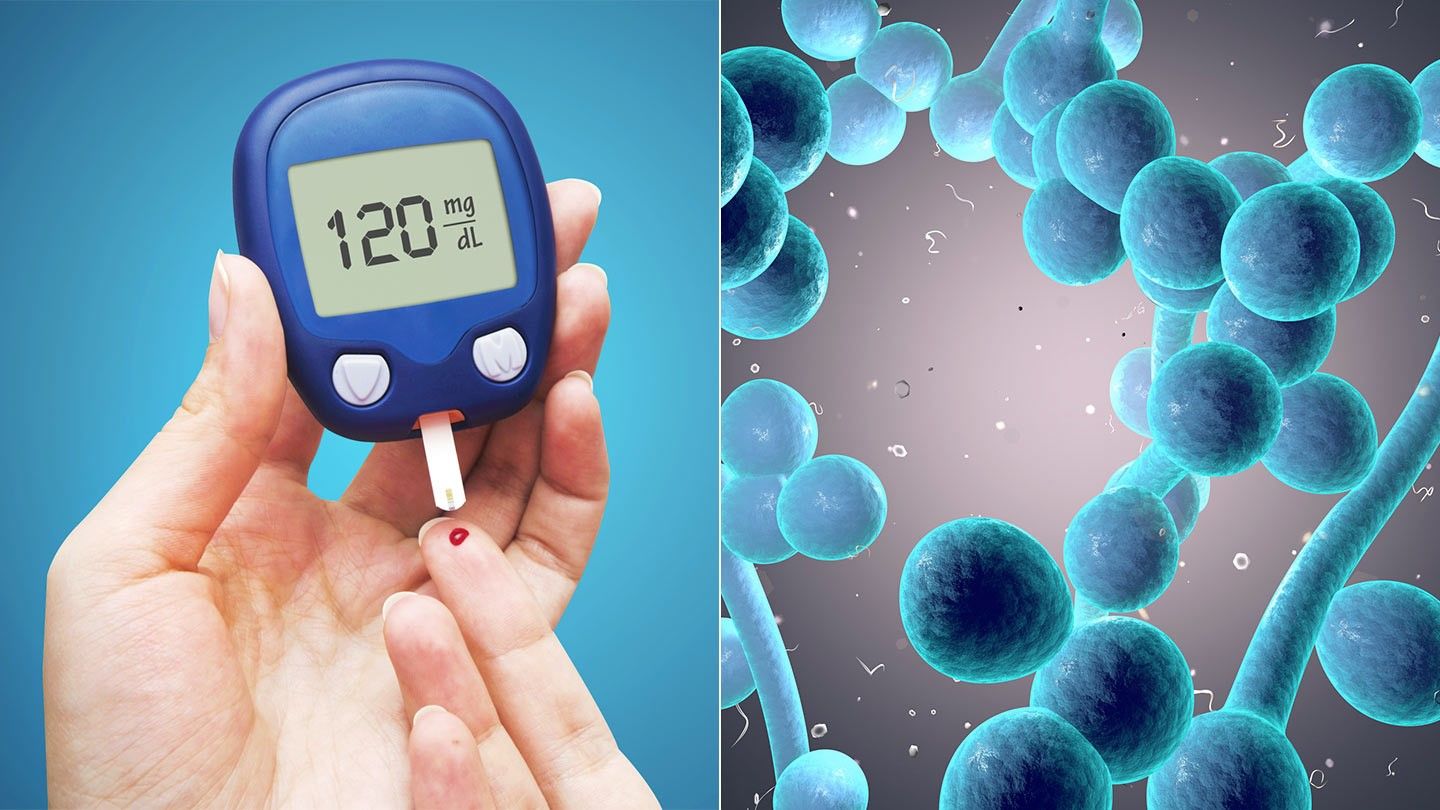One side effect of diabetes, which fortunately is not that common, is a condition known as diabetes insipidus. It means that the kidneys are not able to conserve the amount of water that the body needs in order to filter it’s blood supply sufficiently.
The water that kidneys conserve is controlled by vasopressin, also known as the antidiuretic hormone (ADH). This hormone is produced and stored in the hypothalamus portion at the base of the brain, where it is stored in the pituitary gland until it is needed.
There are two different ways that diabetes insipidus can occur. One, is when the kidneys do not respond properly to the presence of ADH. This could be due to a defect in the kidneys that doesn’t allow them to reabsorb water as they are supposed to. This is called nephrogenic diabetes insipidus. When the level of ADH is not sufficient, this is called central diabetes insipidus. One type of central diabetes insipidus is genetic.
The central form can be caused from damaging either the pituitary gland or the hypothalamus. Some conditions that could cause this are a tumor, head injury, or an infection. The nephrongenic form can be due to kidney disease, too much calcium in the body or even a reaction to certain medications.
In both types of the disease, the individual will experience excessive thirst and even a craving for ice water. There will also be an unusually high volume of urine. While excess thirst and frequent urination are common symptoms of diabetes, in these instances, there will be a dramatic increase.
Treatment involves certain medications, depending on which type you have, and ensuring that the body stays hydrated to offset the increased urine production.














